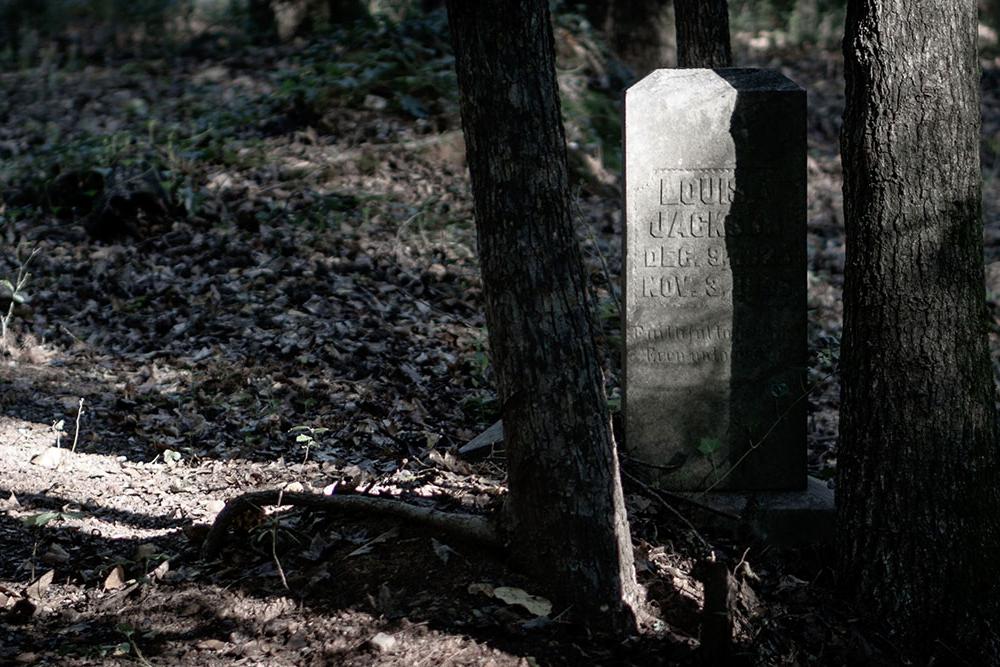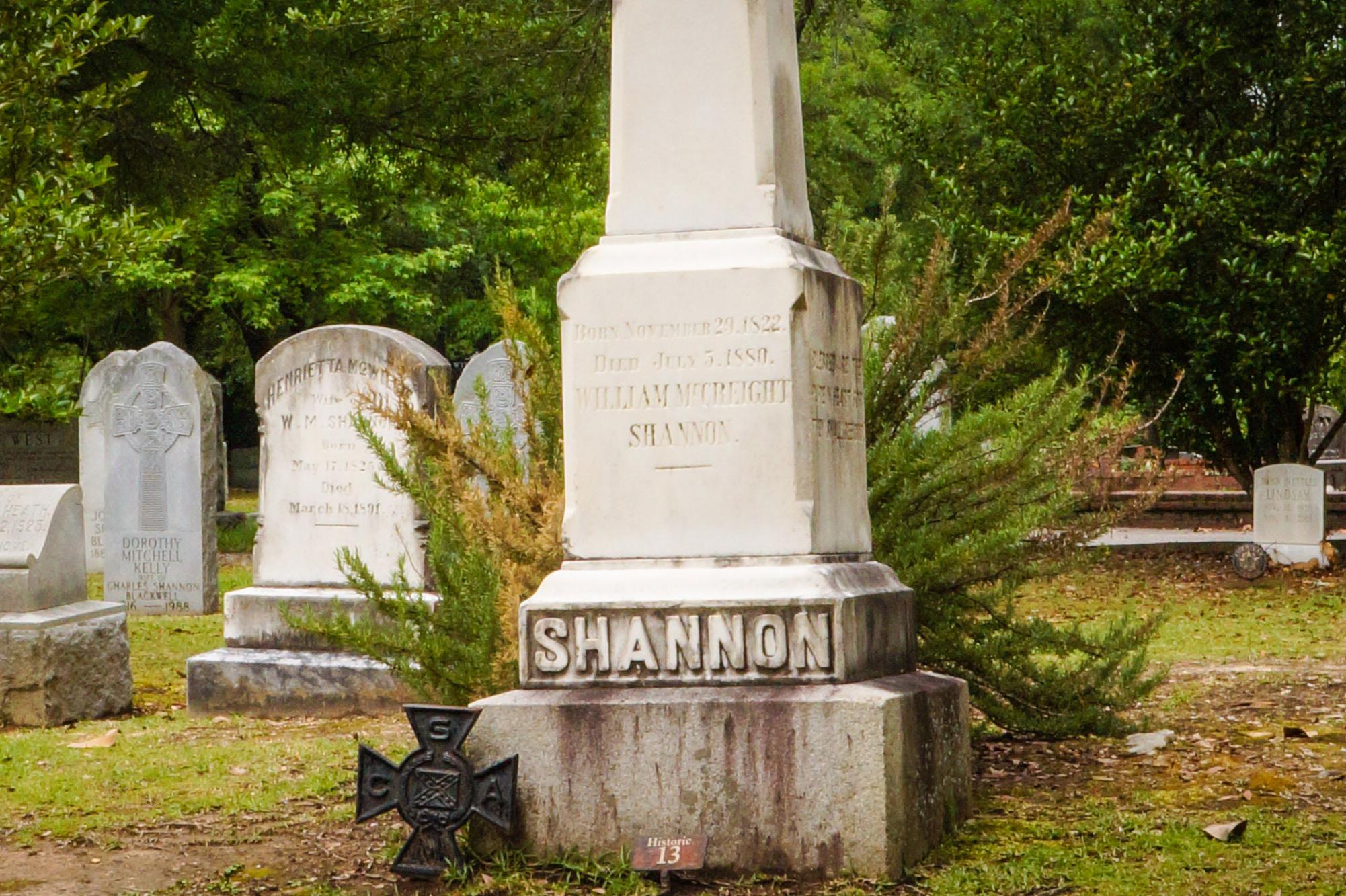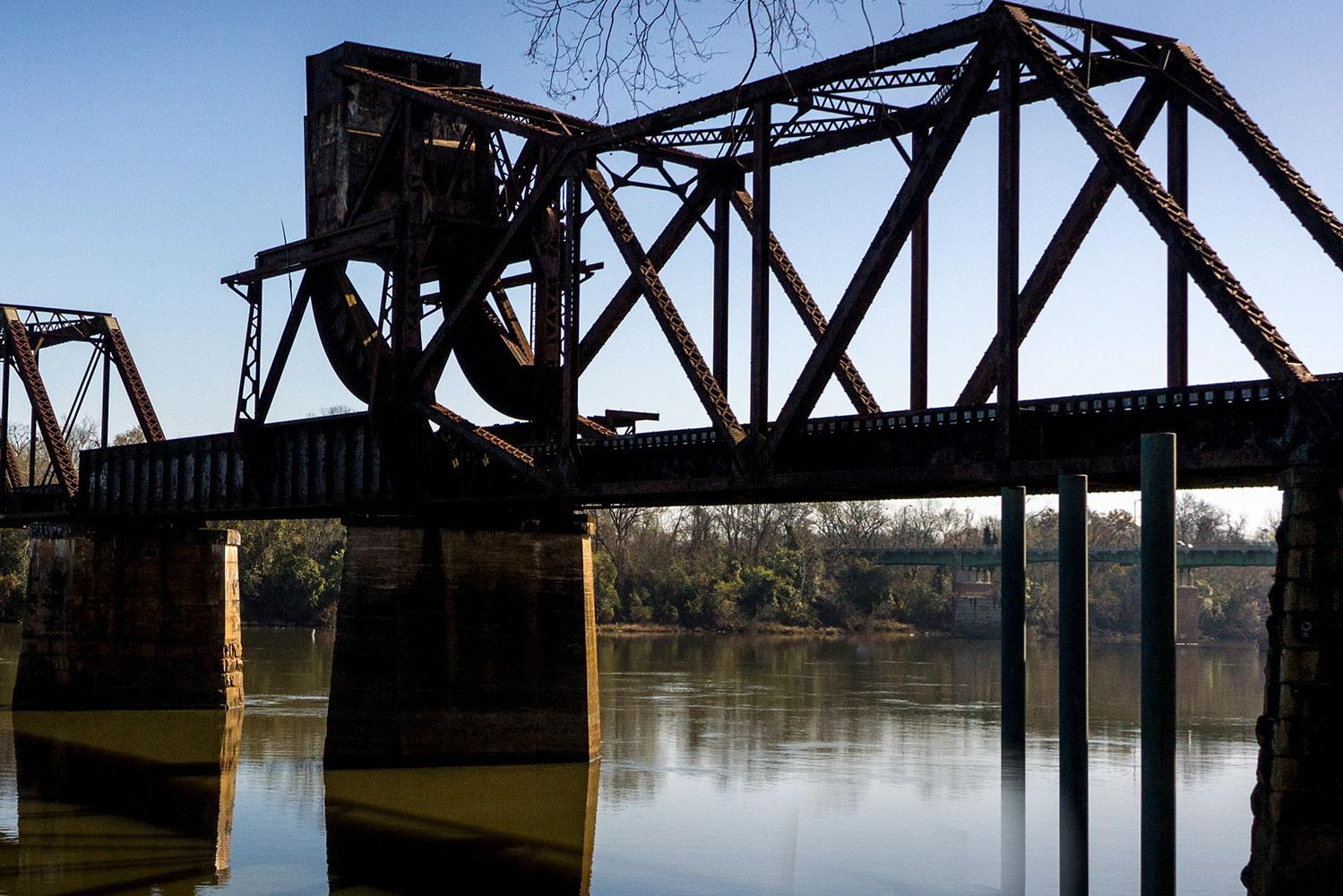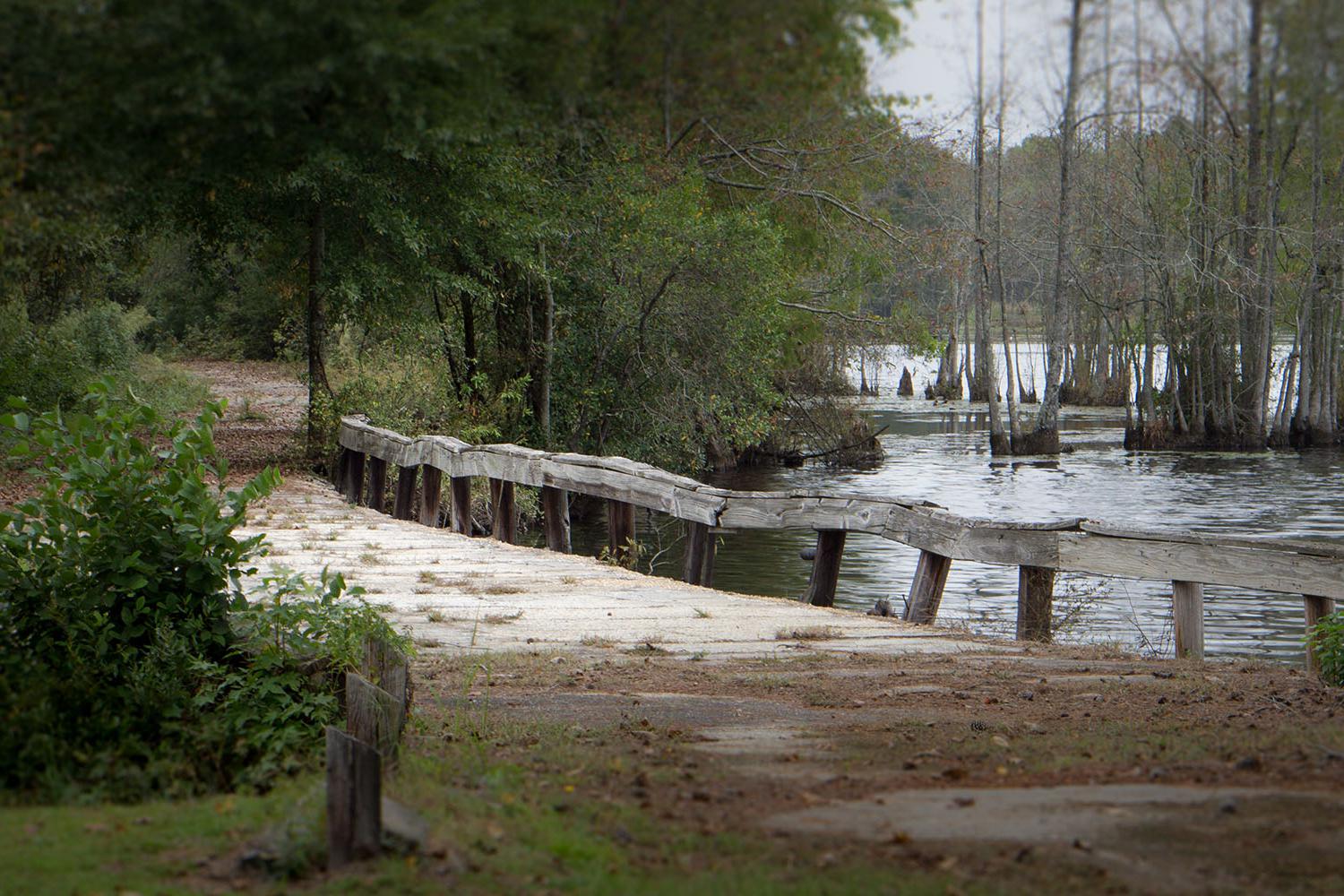Get in touch
- Department of History
220 LeConte Hall, Baldwin Street
University of Georgia
Athens, GA 30602-1602 - 706-542-2053
- admin@ehistory.org

eHistory was founded at the University of Georgia in 2011 by historians Claudio Saunt and Stephen Berry
Supporters
+ American Council of Learned Societies
+ DigiLab, Willson Center for Humanities and Arts, University of Georgia








